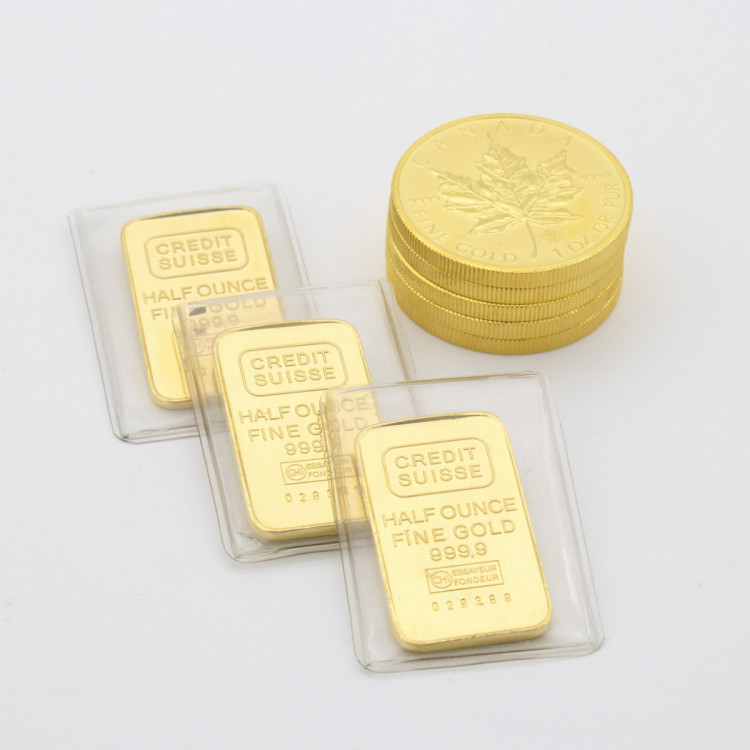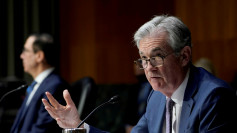2020 was a stellar year for gold in many ways. The past year not only solidified the precious metal's status as a reliable safe haven, but it also propelled the price of gold to an all-time high last August, at $2,075 per troy ounce. This astonishing development successfully encouraged a lot of investors to cash in on gold through ETFs. According to the World Gold Council's October 2020 report, the total gold ETF holdings worldwide rose for the tenth consecutive month last September.
This helped gold surpass the 1,000-tonne mark for the first time ever and increased ETF holdings by 68.1 tonnes or $4.6 billion. Without a doubt, the past year was nothing short of amazing for gold as a whole. Given this reality, it's normal for investors to wonder if this strong streak will continue this year.
However, since gold's behavior depends on a wide variety of factors it can be pretty challenging to determine whether 2021 will indeed be a great year for gold or not. Some experts believe that gold-backed ETFs will probably lose some of their shine this year, following the recent developments surrounding COVID-19 vaccines. And true enough, when the first vaccination in the United States took place last December, gold prices immediately plummeted to around $1,850.
If the improvements concerning the current crisis persist, market analyst Naeem Aslam points out that it could spell trouble for gold in a variety of ways. For instance, since gold is considered as a safe haven asset, in the event that the situation continues to turn out for the better, investors will have no more reason to rely on the safety and security gold provides. Instead, they will start funneling their funds towards assets that can benefit from economic recovery and growth, even going for riskier investment options.
On the other hand, some analysts say that the outlook for gold ETFs remains positive - especially with the emergence of new COVID-19 variants. If left unaddressed, these new mutations could potentially encourage a new wave of lockdowns, which, in turn, would result in economic shocks. If the economy continues its downslide, the price of gold could even shatter previous records.
Aside from the current crisis that is still very much hazardous in many parts of the world, the likelihood of continued market volatility could also prolong gold's high time. A weakened dollar, low yields, severed trade policies and networks due to geopolitical tension, and persistent disruptions concerning supply chains could also extend gold's good run.
There really is no telling whether 2021 will be the year when the world overcomes the many challenges the pandemic has caused, so the best course of action for gold investors right now is to keep their gold allocation between 1% and 5%. Investors can look to some of the top-performing gold ETFs, which have historically done well despite larger market dips and protected portfolios against volatility.
GLD, or the SPDR Gold Trust ETF, looks to retain its place as the largest ETF directly investing in physical gold this year. The expense ratio of 0.40% is also hard to say no to. The Aberdeen Standard Physical Swiss Gold Shares ETF (SGOL) and the SPDR Gold MiniShares Trust (GLDM) are good options as well. Deciding where you fall within that range can depend on the developments the coming months would bring.
However, since much of the world is still in the middle of addressing the pandemic and the hurdles it has presented, ETFs could remain the dominant force in the gold market for the first half of the year (at the very least). After all, central banks will likely continue to adopt monetary easing policies and keep interest rates at a very low level while the world is still in the process of recovering.






